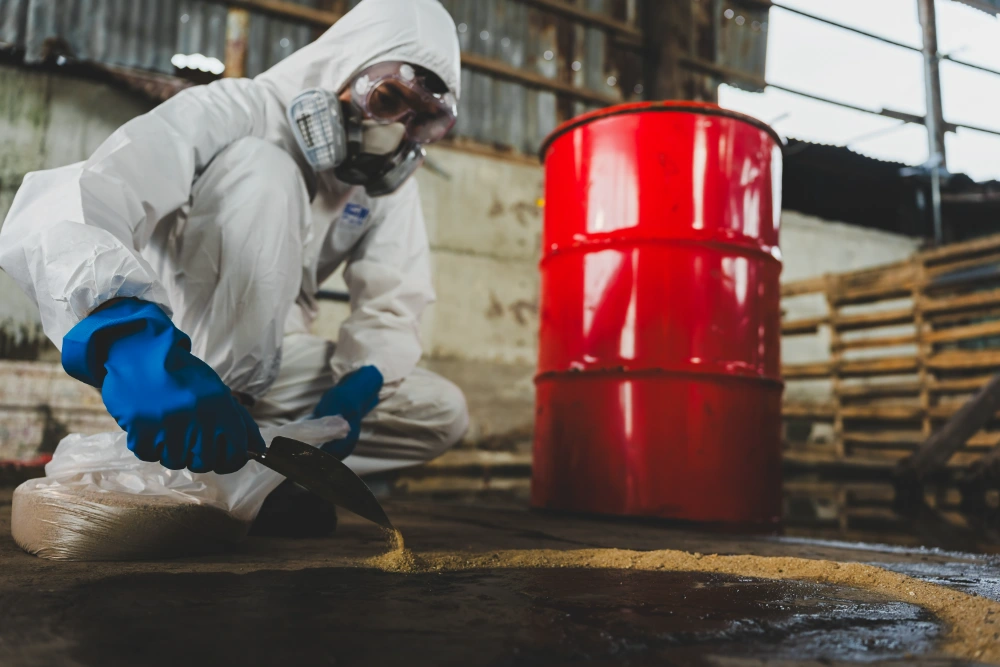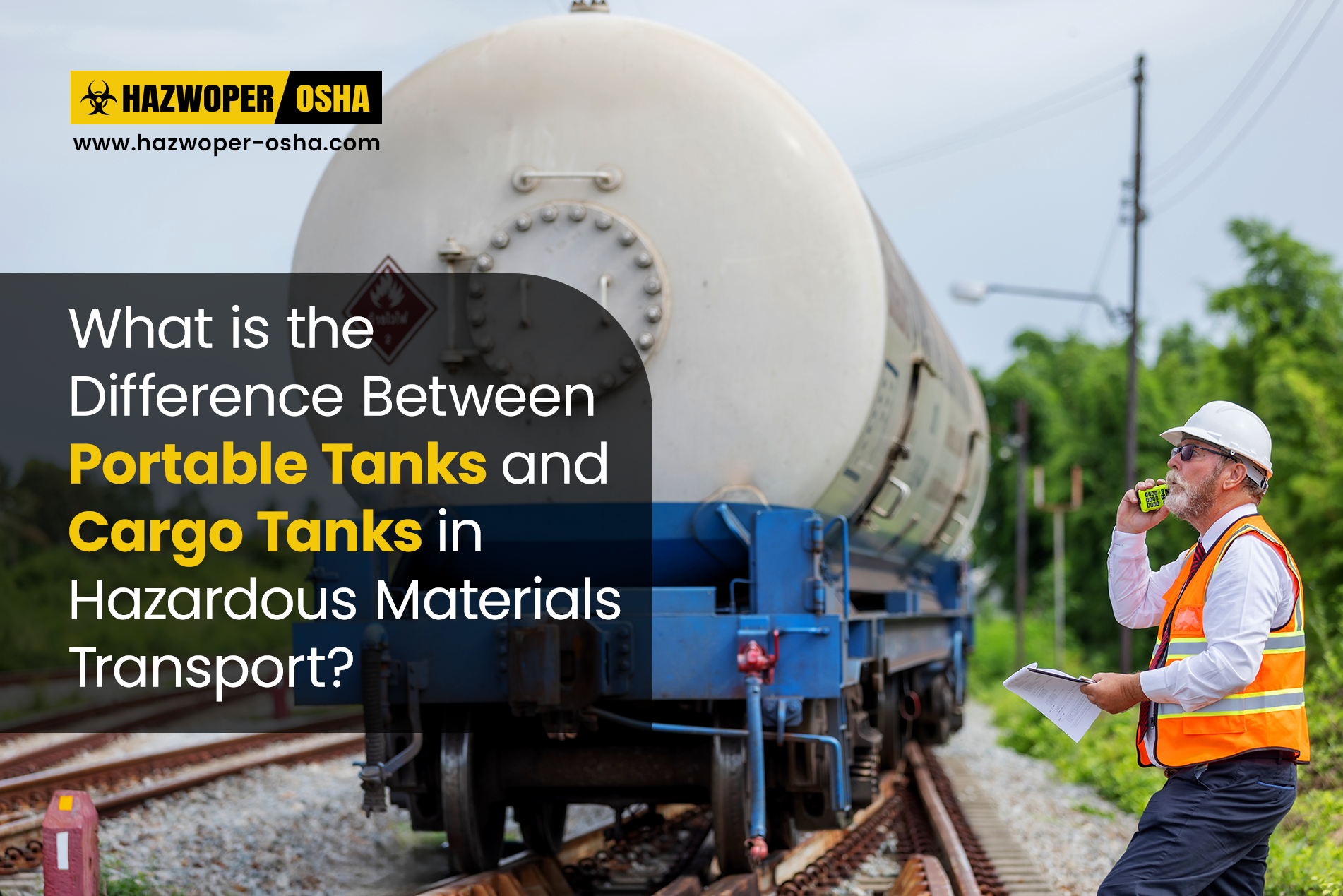EPA Hazardous Waste Generator Categories



The Resource Conservation and Recovery Act (RCRA), which is a public law in the United States, establishes a framework for the management of hazardous and non-hazardous solid waste (EPA, n.d. (a)). To ensure the successful implementation of this framework, the RCRA has given the Environmental Protection Agency (EPA) the authority to control hazardous waste from the "cradle-to-grave" (EPA, n.d. (b)).
| Subtitle C of the RCRA is dedicated to hazardous solid waste generator requirements. |
| Subtitle D is dedicated to non-hazardous solid waste generator requirements. |
| Note: According to the RCRA, solid waste includes solids, liquids, and gases and must be discarded to be considered waste. |
The EPA has developed three categories of waste generators on a federal level to streamline the hazardous waste handling, transport, and disposal process. How generators are categorized is dependent on the quantity of hazardous waste they generate in a calendar year. These waste generators must adhere to the specific rules, regulations, and guidelines stipulated for each category of the hazardous waste generator by the EPA.
Who is a Waste Generator?
As defined by the EPA, “a generator is any person who produces a hazardous waste as listed or characterized in part 261 of title 40 of the Code of Federal Regulations (CFR)” (EPA, para 1, n.d. (c))
Most states implement the RCRA program and adhere to the federal EPA regulations on hazardous waste management and waste generator categorizations. However, some states
have developed their own generator categories or established state-specific rules for managing hazardous waste. The states that have developed state-specific generator categories or established different hazardous waste management regulations from the federal EPA categorizations and regulations are identified here.
Click here for more information on the different hazardous waste categorizations and links to rules or guidance for states with different regulations.
States that have established their own hazardous waste generator categories or rules to manage hazardous waste.
Distinguishing the Three Categories of Hazardous Waste Generators
So, how does the EPA differentiate hazardous waste generators? The table below provides the key information that differentiates the three categories of hazardous waste generators. Organizations can use the below summary information as guidance to identify their company-specific hazardous waste generator category.
Very Small Quantity Generators (VSQGs) |
| Generate 100 kilograms (220 pounds) or less of hazardous waste per month OR Generate 1 kilogram (2.2 pounds) or less of acutely hazardous waste per month |
| Must identify all the hazardous waste generated in a calendar year. |
| Not allowed to accumulate and store more than 1,000 kilograms (2,200 pounds) of hazardous waste on-site at any one time. |
| Not allowed to accumulate and store 1 kilogram (2.2 pounds) of acutely hazardous waste on-site at any one time |
| Hazardous waste generated must be delivered to an authorized off-site treatment or disposal facility. |
| Refer to 40 CFR section 262.14 for comprehensive information on the VSQG regulations. |
| Refer to the VSQGs Fact Sheet. |
Small Quantity Generators (SQGs) |
| Generate more than 100 kilograms but less than 1,000 kilograms of hazardous waste per month |
| Allowed to accumulate and store hazardous waste on-site for 180 days without a permit (or 270 days if shipping a distance greater than 200 miles). |
| Allowed to accumulate and store only 6,000 kilograms of hazardous waste on-site at any one time. |
| Must adhere to the hazardous waste manifest requirements set forth in 40 CFR Part 262, Subpart B. |
| Must comply with the pre-transport requirements set forth in 40 CFR Sections 262.30 through 262.33. |
| Must adhere to the preparedness and prevention requirements set forth in 40 CFR Sections 262.16(b)(8) and (9). |
| Must adhere to the land disposal restriction requirements set forth in 40 CFR Part 268. |
| One employee must continually be available to respond to emergencies. He/she should be responsible for coordinating all emergency response measures. |
| Not required to have detailed, written contingency plans. |
| Refer to 40 CFR Part 262 for comprehensive information on the VQG regulations. |
| Refer to the SQGs Fact Sheet. |
Large Quantity Generators (LQGs) |
| Generate more than 1,000 kilograms (2,200 pounds) of hazardous waste per month OR Generate more than 1 kilogram (2.2 pounds) of acutely hazardous waste per month |
| Must comply with the complete federal hazardous waste generator regulations. |
| Allowed to accumulate and store hazardous waste on-site for only 90 days. |
| There is no limit on the amount of hazardous waste that can be accumulated and stored on-site. |
| Must adhere to the hazardous waste manifest requirements as set forth in 40 CFR part 262 Subpart B. |
| Must comply with the pre-transport requirements as set forth in 40 CFR sections 262.30 through 262.33. |
| Hazardous waste generated must be managed in tanks, containers, drip pads, or containment buildings as set forth in 40 CFR Sections 262.17(a)(1)-(4), and 40 CFR Part 265 Subparts W and DD. |
| Must adhere to the preparedness, prevention, and emergency procedure requirements as set forth in 40 CFR part 262 Subpart M. |
| Must adhere to the land disposal restriction requirements set forth in 40 CFR part 268. |
| Must prepare and present a biennial hazardous waste report. |
| Refer to 40 CFR Part 262 for comprehensive information on the LQG regulations. |
| Refer to the LQGs Fact Sheet. |
Training as per RCRA and EPA Requirements for Waste Generators
To ensure compliance with the RCRA and EPA regulations on hazardous waste management, all hazardous waste generators must provide their employees with adequate RCRA Waste Generator Training. For employees working in hazardous waste treatment, storage, and disposal facilities, OSHA also mandates the HAZWOPER 24-Hour RCRA TSF Operations Training. As per OSHA, RCRA, and EPA regulations, employees working in hazardous waste operations must renew their RCRA and 24-Hour HAZWOPER TSDF training annually.
Reference:
- EPA. (n.d. (a)). Resource Conservation and Recovery Act (RCRA) Laws and Regulations. Website. https://www.epa.gov/rcra
- EPA. (n.d. (b)). Resource Conservation and Recovery Act (RCRA) Overview. Website. https://www.epa.gov/rcra/resource-conservation-and-recovery-act-rcra-overview
- EPA. (n.d. (C)). Categories of Hazardous Waste Generators. Website.
https://www.epa.gov/hwgenerators/categories-hazardous-waste-generators

 EN |
EN |  ES
ES

































































































































